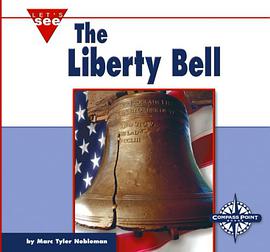

具体描述
During the 1930s, the era of the Depression and the New Deal, American artists transformed printmaking into one of the decade's most exciting forms of art. As a cheap, vital, and egalitarian means of artistic expression, prints came close to realizing the ideal of creating "art for the millions." In this dynamic book, Helen Langa shows how innovative printmakers developed "social viewpoint" works that focused on contemporary issues of labor justice, antiracism, and antifascist activism. Discussing artists such as Aaron Douglas, Mabel Dwight, Boris Gorelick, Harry Gottlieb, Elizabeth Olds, Harry Sternberg, Joseph Vogel, and Hale Woodruff, Langa explains how they developed new types of meaningful content, worked in modern, yet accessible, styles, invented new technical processes, and sought fresh strategies for distributing their work to the public. Many, but not all, of the artists she considers worked for the Federal Art Project at the Graphic Arts Division workshop; each struggled to resolve the conflicting goals of reaching a mass audience while also critiquing social injustice and promoting radical idealism.
作者简介
目录信息
读后感
评分
评分
评分
评分
用户评价
相关图书
本站所有内容均为互联网搜索引擎提供的公开搜索信息,本站不存储任何数据与内容,任何内容与数据均与本站无关,如有需要请联系相关搜索引擎包括但不限于百度,google,bing,sogou 等
© 2025 book.wenda123.org All Rights Reserved. 图书目录大全 版权所有




















